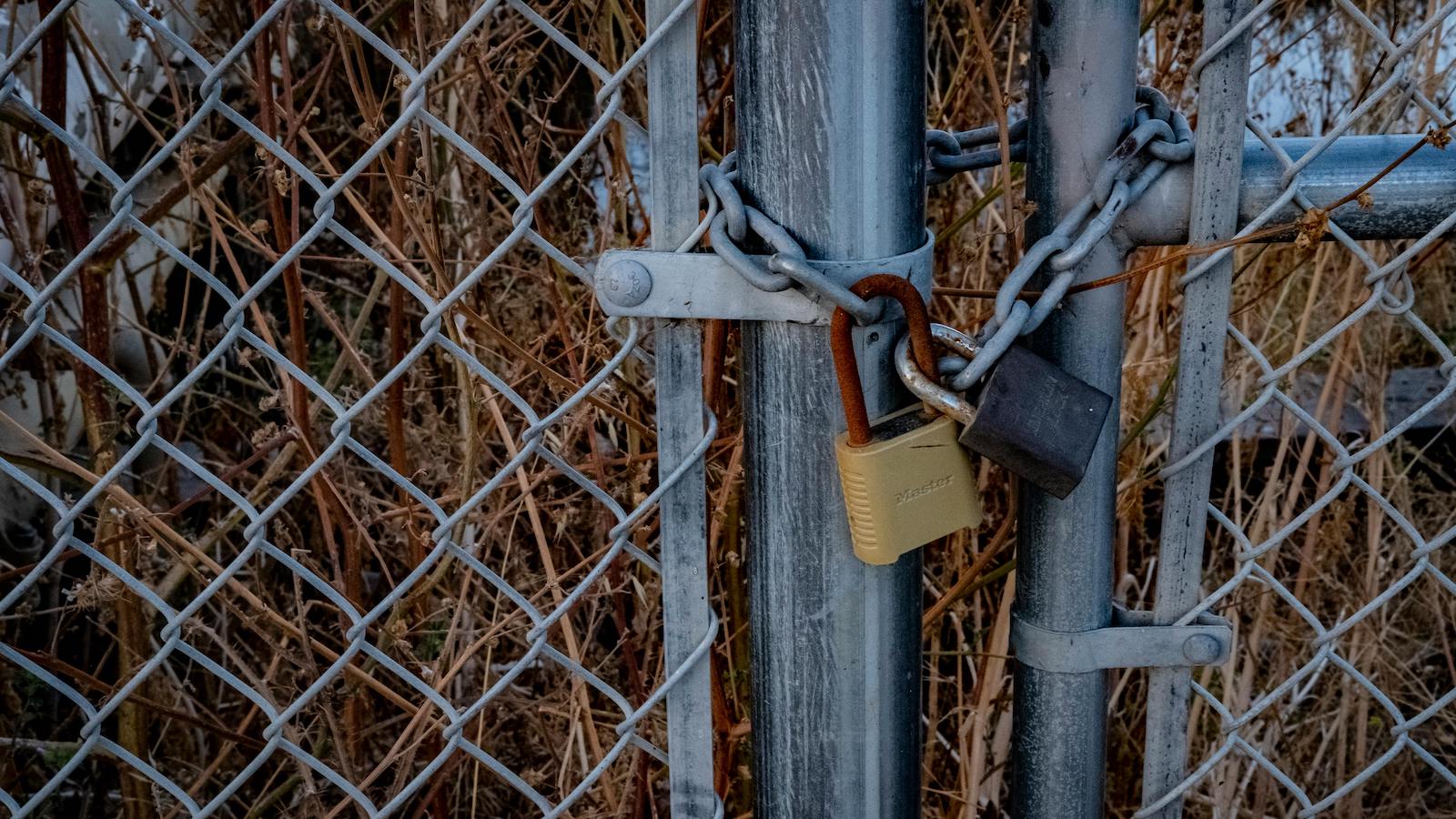In today's hyper-connected digital landscape, enterprises need to have a robust and cost-effective security service edge (SSE) solution to combat increasingly sophisticated cyber threats and to support digital transformation. While the foundational technologies behind SSE, such as secure web gateways (SWG), cloud access security brokers (CASB), and zero trust network access (ZTNA), have been around for over a decade, their integration into comprehensive SSE solutions has become more prominent and sophisticated over the past five years or so.
But as the market has evolved and expanded to over 30 vendors, some cracks and shortcomings are beginning to show. A number of these SSE offerings and vendors are starting to create technical or business challenges for their customers. So, if you are using a "legacy" SSE product (or even if you just have a couple of standalone point products), how do you know when it's time to upgrade or replace your existing SSE solution?
See also: Top 10 Challenges for Data Security
Here are the top 10 signs it might be time to make a switch if your SSE solution or vendor is falling short in any of these areas:
- Increased Security Incidents: The rapid evolution of cyber threats means that SSE solutions must continually update and adapt. If your organization experiences a rise in security breaches, malware infections, or other cyber threats, it may indicate that your current SSE solution is no longer effective. This is especially true if you're still using a first-generation virtual private network (VPN) solution for remote access.
- Latency and Poor User Experience: Many SSE solutions centralize security inspection processes in specific points of presence (PoPs). If these PoPs are not optimally located, it results in increased latency and poor user experience. Persistent slow network performance and frustrated end users are clear signals that your current SSE is insufficient.
- Fragmented Architecture: Some SSE solutions are built on fragmented architectures, leading to management complexity, data sovereignty concerns, and inconsistent security enforcement. If your vendor's SSE solution is cobbled together from disparate parts, it's time to find a unified platform.
- High Total Cost of Ownership: Stories abound about inflexible and inflated pricing, hidden fees, complex licensing models that combine per-user and per-bandwidth elements, frequent licensing changes, and unexpected cost increases at renewal time. If the cost of your SSE solution is high but does not deliver proportional value in terms of security, performance, and support, consider switching to a more cost-effective vendor.
- Inadequate Support and Response Time: Slow or unhelpful customer support during critical incidents suggests that the vendor may not prioritize your needs effectively. If you are having problems with slow response times, insufficient technical guidance, or a lack of responsiveness during critical incidents, it's time to look for other solutions.
- Weak Backbone/PoP Network: A strong PoP backbone network ensures low latency, high availability, and consistent security enforcement. But PoP coverage is a mixed bag. Some vendors have fewer PoPs than you would expect, some limit the number of PoPs customers can use, and a number of vendors do not run all their services on all their PoPs. If your vendor has a weak PoP network or runs services primarily over public clouds, consider evaluating alternatives.
- Complex Deployment and Management: If deploying your SSE solution is complex and time-consuming, requiring multiple consoles and significant effort to integrate with existing systems, it may be time for a change. Look for solutions that provide easy deployment and unified management.
- Lack of Innovation and Modern Features: Most SSE solutions incorporate a basic set of security capabilities, including secure SaaS and private application access, threat protection, and data protection. If your legacy solution lacks features such as sandboxing, advanced data leak prevention (DLP) functionality, digital experience management (DEM), and customizable reporting, it may be time for an upgrade. Advanced capabilities like AI-based threat detection and support for clientless use cases are essential for modern SSE solutions.
- Insufficient Reporting and Analytics: For effective SSE security, it's important to see the entire security fabric, including users, devices, cloud gateways, and how traffic is traversing the internet. If your vendor struggles to offer detailed visibility and analytics, making it challenging to assess your security posture and respond to threats, it's clear you need to consider alternatives.
- Weak SASE Road Map: SASE represents the future of SSE, offering a unified, scalable, and flexible approach to securing and managing modern enterprise networks. Some vendors offer simplistic "toy" traffic forwarders that they call SD-WAN but are not enterprise class. Others don't support key connectivity use cases like site-to-site connectivity, zero trust in the branch, lateral movement prevention in the branch, and dynamic protocol security. If your vendor lacks a compelling SASE roadmap, it's time to find a vendor that embraces this concept.
See also: The Evolving Landscape of Cybersecurity
As you see the renewal date for your SSE solution approaching, it's time to think about whether you're getting what you need from your platform. If you see any of the above issues in your current SSE solution, consider looking for your "next generation" solution. There are some good, tightly integrated products on the market to help you best meet your requirements, resources, and budget.






